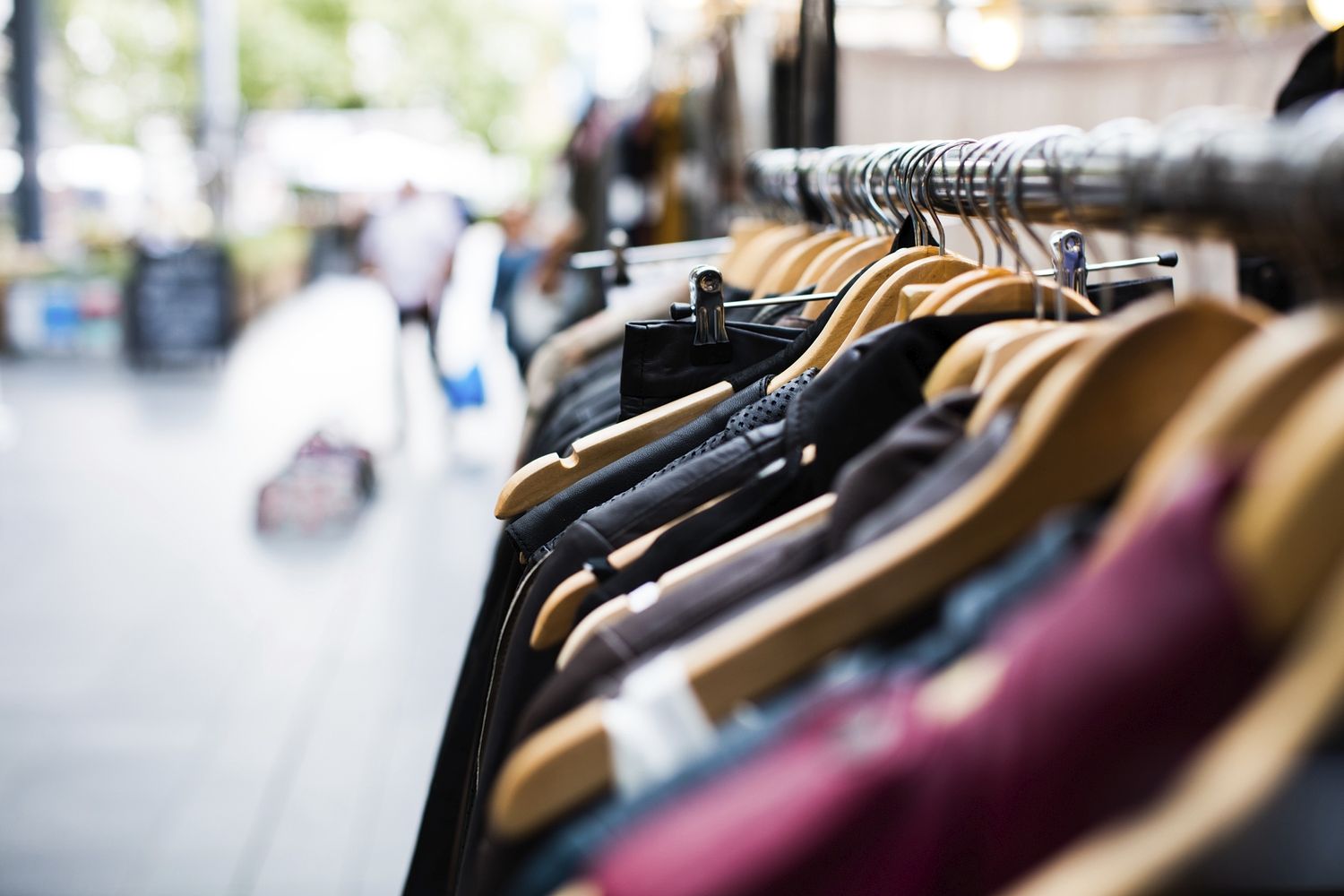
It’s a stark reality many of us grapple with daily: humans are now consuming a staggering 400% more clothing compared to just two decades ago. This unchecked appetite for new trends has a direct and alarming consequence, with the average American generating 82 pounds of textile waste every single year. We’re buying more, yet paradoxically, wearing our clothes less, creating an unsustainable cycle fueled by the explosive growth of fast fashion.
This phenomenon isn’t about shaming those who rely on affordable clothing, as we acknowledge that low-income shoppers often have limited options. Our focus is squarely on the overconsumption that makes these fast fashion brands thrive. It’s a call to examine the sheer volume of clothes many of us, especially in the States, accumulate far beyond what we truly need, and to recognize the broader implications of this behavior on our planet and its people.
Fast fashion refers to brands that churn out high volumes of clothing throughout the year, offering styles at prices that were once unimaginable. This allows consumers to constantly update their wardrobes, but at what cost? This overconsumption of cheaply-made clothes is directly linked to an alarming increase in textile waste, widespread pollution, and the rapid depletion of natural resources. Moreover, it exacerbates critical social issues, particularly human rights violations within the supply chain, which can no longer be ignored. As consumers, one of the most impactful actions we can take is to consciously stop supporting this industry by avoiding fast fashion brands and actively seeking out sustainable alternatives.
Recognizing a fast fashion brand is crucial for making informed choices. These companies typically release new collections weekly, employing aggressive marketing to push the latest trends. They are often characterized by a profound lack of transparency, offering vague details about their suppliers and manufacturing processes. You’ll find a distinct absence of specific information regarding their efforts to mitigate environmental impact, or concrete evidence of fair wages, decent working conditions, and safety measures for their workers. Many engage in greenwashing, using misleading information to appear ethical. Ultimately, incredibly cheap prices are a telling indicator; it’s simply impossible to produce a $5 t-shirt, pay garment workers fairly, and ensure environmentally sound manufacturing.
Navigating the fashion landscape to make ethical choices can be daunting, but armed with knowledge, we can collectively steer towards a more sustainable future. This in-depth look uncovers some of the industry’s most problematic players, highlighting why they fall short on ethical and environmental fronts. Join us as we critically examine the practices of these brands, empowering you to make choices that truly matter.
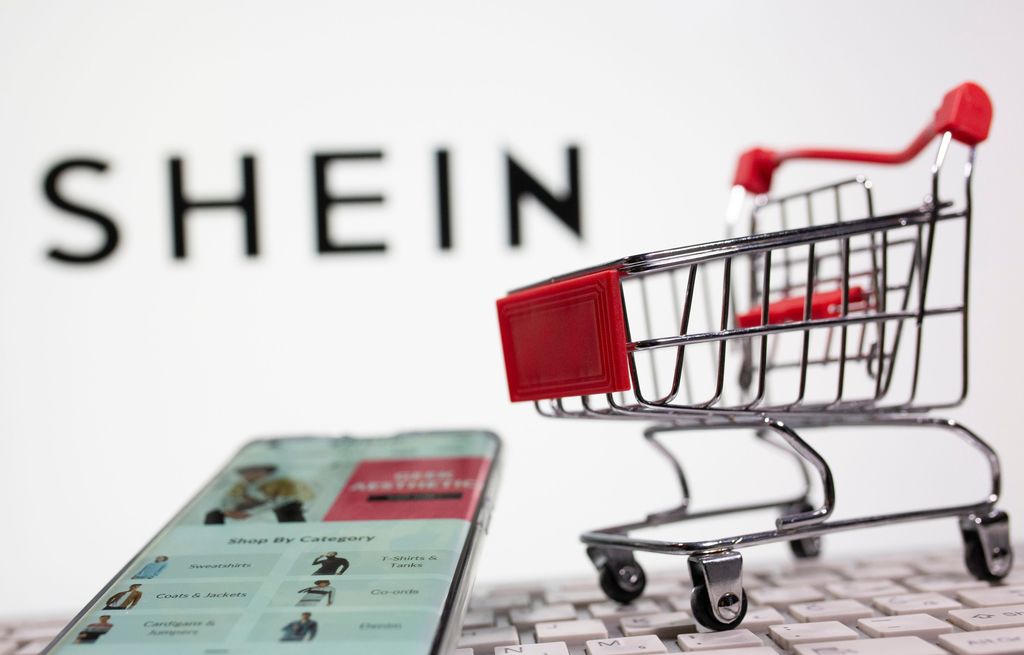
1. **Shein**
Shein has rapidly ascended to global dominance, boasting over 20 million Instagram followers and cementing its place in popular culture thanks to extensive social media promotion. This Chinese brand is notorious for adding an astounding 500 new products to its website *every single day*, all offered at incredibly cheap prices. This business model is a prime example of how fast fashion fuels a detrimental ‘throw-away culture,’ which comes at an immense cost to the environment.
Alarmingly, there is a distinct lack of evidence suggesting that Shein is making any genuine attempts to mitigate its environmental impact. The brand operates with an opaque approach, choosing not to disclose information about where its products are made and keeping its supply chain details notoriously unclear. This absence of transparency raises significant red flags for environmentally conscious consumers looking for accountability.
While Shein assures consumers that it does not utilize forced or child labor and claims to offer its workers above-average wages, these assertions are difficult to reconcile with the brand’s extremely low product pricing. It’s inherently challenging to believe a company can pay its workers fairly when its products are sold at such rock-bottom rates. Furthermore, Shein faced widespread criticism in 2020 for inexplicably posting a necklace in the shape of a swastika and Islamic prayer mats on its website, adding to concerns about its ethical sensibilities and operational oversight.
Read more about: Are EVs Really Worth It? The 13 Downsides Nobody Tells You About Before You Buy

2. **Zara**
Zara, a prominent Spanish fashion brand under the Inditex group, presents a mixed bag when it comes to sustainability and ethics. While the company has implemented positive initiatives such as using recycled packaging and offering a textile recycling program, there remains a critical lack of transparency regarding the sheer volume of resources consumed in the production of its garments. Consumers are left in the dark about the true environmental footprint of Zara’s manufacturing processes.
Furthermore, it is unclear whether Zara is on track to achieve its stated targets for reducing greenhouse gas emissions. This ambiguity makes it challenging for external observers and consumers to assess the brand’s genuine commitment to environmental responsibility. Despite these shortcomings, Zara does exhibit a comparatively more transparent supply chain than many of its fast fashion counterparts, a small but notable step in the right direction.
However, this transparency is not comprehensive; while Zara has revealed a list of some suppliers, it does not extend to its entire supply chain. The company claims to conduct audits of subcontractors to ensure adherence to its Code of Conduct, but the results of these audits are not fully public, limiting genuine accountability. Crucially, Zara has been criticized for not paying its garment workers living wages. A particularly striking incident occurred in 2017 when customers in Istanbul discovered hidden messages in their clothing from garment workers, who claimed they were forced to work without pay before a Zara supplier went bankrupt, highlighting severe labor rights issues within its network.
Read more about: Inside Eddie Van Halen’s Dream Garage: 15 Iconic Cars Owned by the Rock Legend
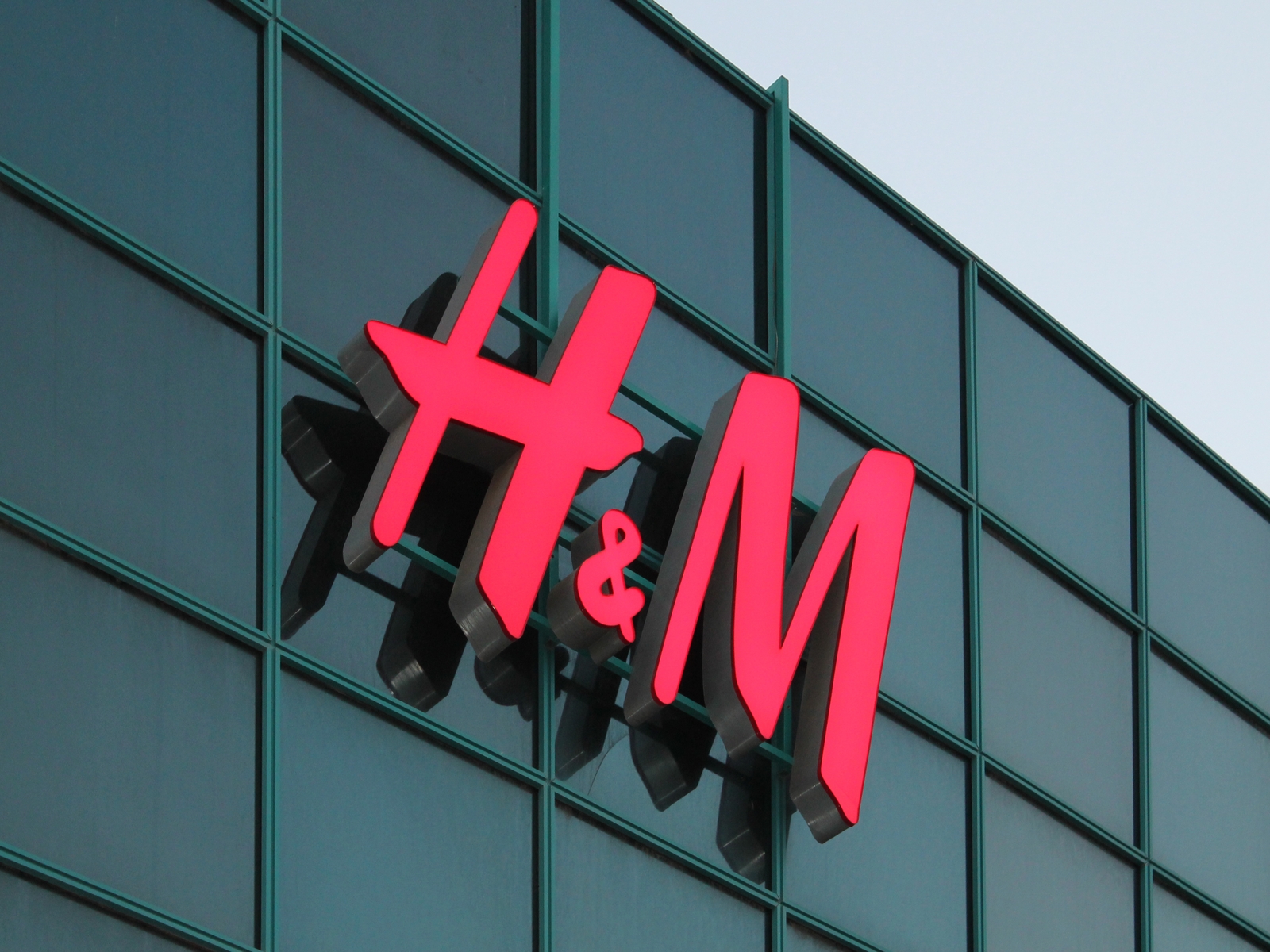
3. **H&M**
As the second-largest fashion retailer globally, H&M, a well-known Swedish brand, is unfortunately one that ethical consumers are advised to avoid. Despite making public promises, the company notoriously failed to pay living wages to an estimated 850,000 garment workers in 2018. This significant ethical lapse is compounded by reports of physical and ual abuse endured by many female workers, with H&M failing to implement effective measures to prevent these horrific practices within its suppliers’ factories. The brand has also been accused of willfully ignoring the plight of garment workers who reported inhumane working conditions that tragically led to over 100 deaths.
While H&M has made some environmental strides, such as eliminating harmful chemicals like PFCs, phthalates, and APs/APEOs from its products, the question remains whether its sustainability efforts genuinely outweigh its ethical failings. The brand also operates a textile recycling program, yet a disappointing 35% of clothing is actually recycled, indicating significant room for improvement. H&M needs to do substantially more to mitigate its overall environmental impact and reduce greenhouse gas emissions.
Perhaps a crucial first step for H&M could be to address its alarming practice of burning unsold clothes instead of donating them, a stark contradiction to any claims of sustainability. The brand’s environmental initiatives, while present, often feel overshadowed by persistent ethical concerns and a lack of comprehensive action to truly embed sustainability across its entire operation. The gap between rhetoric and reality remains considerable for this retail giant.

4. **Temu**
Temu, a rapidly growing online marketplace, operates with a concerning lack of transparency regarding its labor practices. Without any disclosed information, it is impossible to ascertain whether the individuals manufacturing these goods receive fair treatment or living wages. Given the extraordinarily low price points of its products, it is highly improbable that workers are compensated fairly, making ethical sourcing a significant concern for conscientious consumers.
A quick search for a simple item like a ‘sundress’ on Temu reveals an overwhelming array of remarkably cheap options. While specific material information isn’t always readily available, it appears that the vast majority of these clothing items are crafted from synthetic fabrics, predominantly polyester. These materials are derived from petroleum, essentially making them a form of plastic, and their production carries substantial negative environmental implications. These synthetic fabrics are not biodegradable and can take hundreds of years to decompose, contributing significantly to global waste.
Adding to consumer caution, Temu consistently demonstrates a lack of accountability in ensuring product safety. This necessitates a prioritizing of caution and an inclination towards companies, particularly those based in the US, that adhere to more stringent regulatory standards. Furthermore, Temu’s parent company, Pinduoduo, has been embroiled in multiple privacy scandals over the past few decades, further intensifying concerns about the overall integrity and safety of its business practices. For these reasons, Temu presents a considerable risk for consumers seeking ethical and sustainable options.
Read more about: Beyond the Silent Fade: 16 Internet Giants That Refuse to Vanish, Dominating 2025
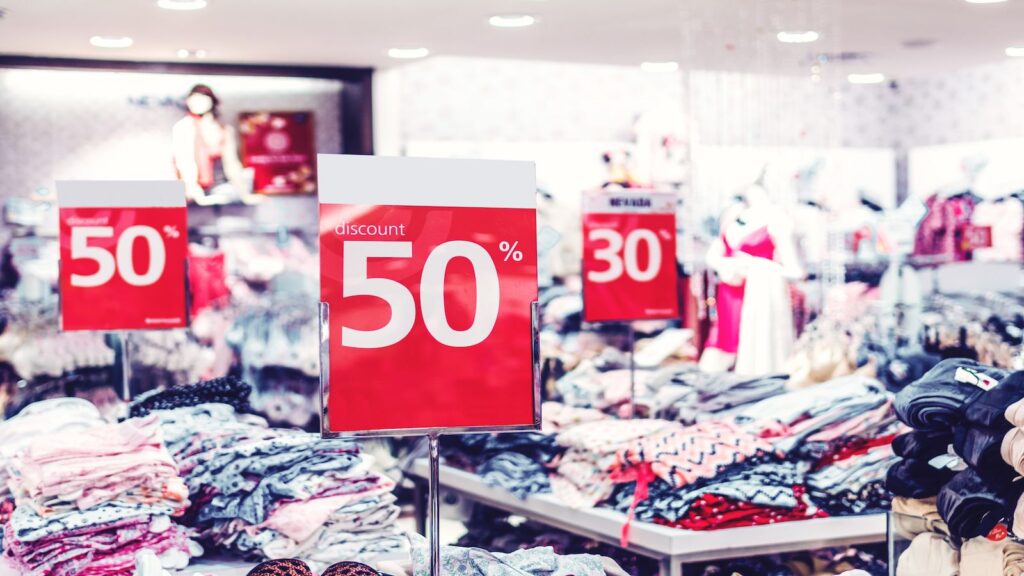
5. **Forever 21**
Forever 21, an American fashion retailer, is known for its extremely cheap clothing, but this affordability comes at a severe social and environmental cost. A concerning statement on its Social Responsibility page reads: ‘Forever 21 also shares the goal of eliminating child labor and forced labor.’ This phrasing raises a critical question: does this imply that the company has, or still does, utilize these abusive working practices? Past investigations lend credence to these fears, with US Labor Department investigators finding that workers at a Los Angeles factory were paid as little as $4 per hour, a sum significantly below the state minimum wage.
Further highlighting its disregard for worker welfare, Forever 21 notably refused to sign the Bangladesh Accord on Fire and Building Safety, a crucial agreement designed to protect garment workers from unsafe conditions. This refusal clearly demonstrates a lack of genuine concern for the safety and well-being of its workforce. The brand also maintains a profound lack of transparency regarding the production methods and origins of its products, leaving consumers in the dark about its supply chain.
There is also no clear indication of any efforts by Forever 21 to mitigate its substantial environmental impact. Beyond these ethical and environmental failings, the company has faced numerous other scandals, including accusations of body-shaming after inexplicably sending diet bars to customers who had ordered plus-size clothing. These multifaceted issues paint a clear picture of a brand deeply entrenched in problematic practices.
Read more about: Remember the ’00s? These 9 Fast Food Icons Defined Value and the Legendary Late-Night Run!
6. **Amazon**
Amazon, the colossal online marketplace, is far from an ethical or eco-friendly entity, despite its widespread accessibility and convenience. While it may offer options for those without local access to sustainable products, its own in-house fashion brands—numbering over 50—are particularly problematic. These brands predominantly eschew sustainable fabrics, making their clothes with materials that have significant environmental footprints, and they show little action towards minimizing waste, water usage, or hazardous chemical use in their production processes.
A recurring issue with Amazon’s operations is its frequent use of excessive packaging when shipping products, contributing significantly to waste. While the company powers its direct operations with renewable energy, the transparency concerning its vast, complex supply chain remains woefully inadequate. This opacity is critical given the severe ethical issues raised by Amazon’s business model, particularly regarding worker treatment. Former employees have revealed disturbing accounts of inhumane working conditions, including being compelled to urinate in bottles and being subjected to constant surveillance.
The company’s ubiquitous next-day delivery service further exacerbates these problems, forcing workers to maintain an incredibly stressful and unhealthy pace. Compounding these concerns, there is no public assurance that Amazon pays all its workers a living wage. Adding to this troubled picture, some of its suppliers in China have been accused of utilizing forced labor, painting a grim picture of systemic ethical failures within this retail behemoth.
Read more about: When Home Becomes a Hotel: The Heart-Wrenching Realities of Family Rent Conflicts and Financial Betrayal

7. **Nike**
Nike, the world’s largest and most recognizable athletic brand, with sales exceeding 49 billion dollars in 2022, carries a long and troubling history regarding its labor practices. The brand has repeatedly faced severe criticism for allegations of operating sweatshops, using child labor, paying workers below minimum wage, and providing abhorrent working conditions. While Nike has subsequently made efforts to rehabilitate its reputation, many of its practices remain deeply problematic.
In 2017, Nike controversially prevented labor rights experts from assessing its factories, raising serious questions about its commitment to transparency and improvement. A year later, a report by the Clean Clothes Campaign revealed that the company still failed to provide garment workers with decent, living wages, indicating a persistent disconnect between its public image and actual worker welfare. Further ethical issues emerged when two former female employees sued Nike, alleging a toxic culture of gender discrimination and ual harassment within the company.
More recently, in 2023, Nike found itself embroiled in a lawsuit over greenwashing claims, questioning the authenticity of its environmental initiatives. Although the brand has begun incorporating some sustainable fabrics, such as recycled nylon and organic cotton, and has taken initial steps to reduce its environmental footprint, there is still substantial room for meaningful improvement. The rallying cry for this brand, indeed, should be: ‘Come on Nike, just do it!’ — and truly commit to ethical and sustainable practices across the board.
Navigating the ethical minefield of modern fashion requires a discerning eye and a commitment to understanding the true cost behind the labels. As we continue our exposé, it becomes starkly clear that many seemingly ubiquitous brands, even those with public-facing sustainability initiatives, often fall short of genuine ethical and environmental responsibility. The journey toward a conscious wardrobe means looking beyond the marketing gloss and holding companies accountable for their entire supply chain and corporate culture.
Let’s delve further into the problematic practices of more brands that, despite their popularity, consumers should approach with extreme caution. These names represent a continued pattern of environmental disregard, social injustice, and a critical lack of transparency that actively undermines any claims of ethical production.
Read more about: Navigating the Wild: The Best 2025 SUVs Packed with Off-Roading Prowess for American Adventurers
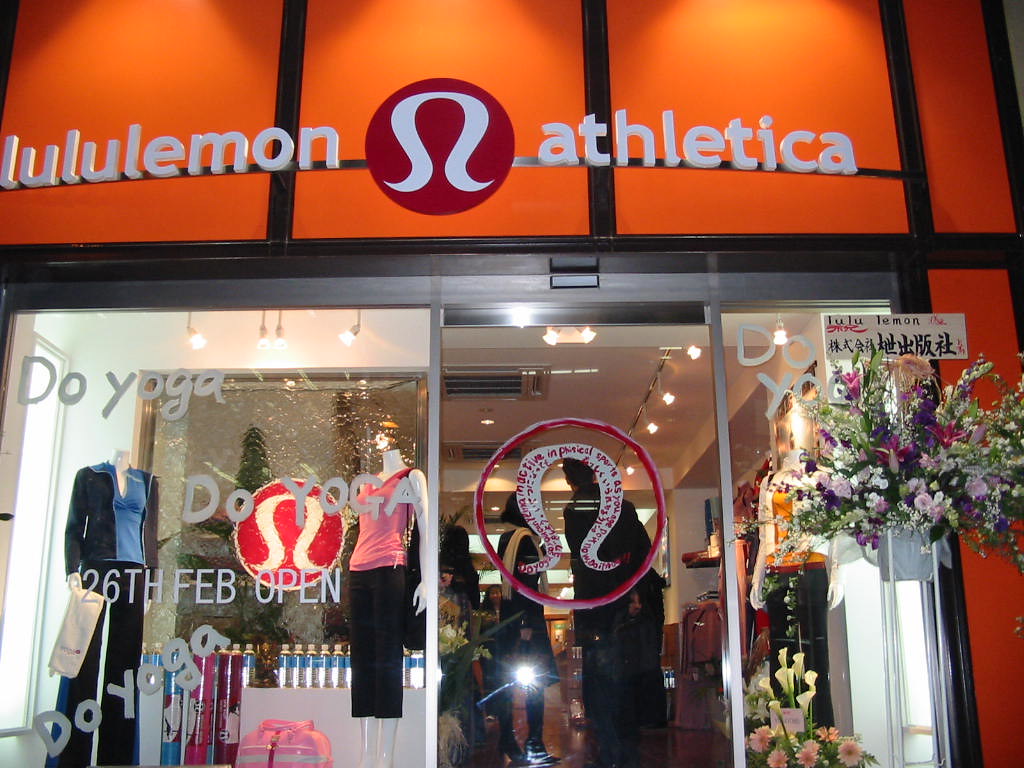
8. **Lululemon**
Lululemon, a titan in the athleisure market, has recently found itself under intense scrutiny concerning various ethical and environmental issues. Allegations of greenwashing, racism, fatphobia, and even child labor have begun to chip away at its carefully constructed image. One of their most prominent marketing initiatives, the ‘Be Earth’ campaign, boldly declares a commitment to environmental responsibility, promising that the brand’s ‘products and actions avoid environmental harm and contribute to restoring a healthy planet.’
However, a closer look at Lululemon’s material choices casts a significant shadow on these lofty claims. The brand heavily relies on petroleum-based synthetic fibers such as polyester and nylon throughout its product lines. These materials are derived from non-renewable resources, and their production processes inherently contribute to environmental degradation, not to mention their eventual disposal. The lifecycle of these fabrics often involves significant energy consumption, chemical use, and persistence in landfills for hundreds of years.
Given this extensive reliance on environmentally harmful materials, many critics argue there’s a profound disconnect between Lululemon’s branding and its actual practices regarding sustainability. Their efforts, while perhaps present in some areas, appear insufficient to genuinely foster a healthier planet. This makes it challenging for conscientious consumers to reconcile the company’s green rhetoric with its fundamental material choices.
Read more about: 13 Trailblazing Fashion Icons Over 60 Who Effortlessly Redefined Style and Age
9. **Adidas**
Adidas, a global sportswear giant, is another brand with a long and complex history concerning labor practices within its sprawling supply chain. The company’s manufacturing base is heavily concentrated in developing nations like China, Indonesia, and Vietnam, where labor conditions frequently trigger significant ethical concerns. Workers in these facilities are often subjected to wages that are far below a living standard, leaving them in precarious financial situations despite their diligent work.
Reports from respected organizations like the Clean Clothes Campaign have consistently highlighted a range of distressing issues within Adidas’s supplier factories. These include inadequate safety measures that put workers at risk, excessively long working hours that lead to fatigue and burnout, and a pervasive disregard for fundamental labor rights. Such conditions not only pose serious threats to the physical well-being of employees but also inflict considerable mental strain.
Despite Adidas’s efforts over many years to improve labor practices and enhance worker welfare—initiatives such as implementing comprehensive codes of conduct and engaging in various corporate social responsibility programs—persistent challenges remain. Investigations continue to uncover ongoing violations related to workers’ rights, pointing to a deeply complex web of supply chain management issues that the company is still struggling to fully address. While some advancements have been made, the pursuit of truly fair and ethical labor practices throughout Adidas’s entire supply chain remains an ongoing and difficult struggle.
Read more about: 15 Underrated Sneakers: Smart Buys for Fashion Enthusiasts in a Hype-Driven Market
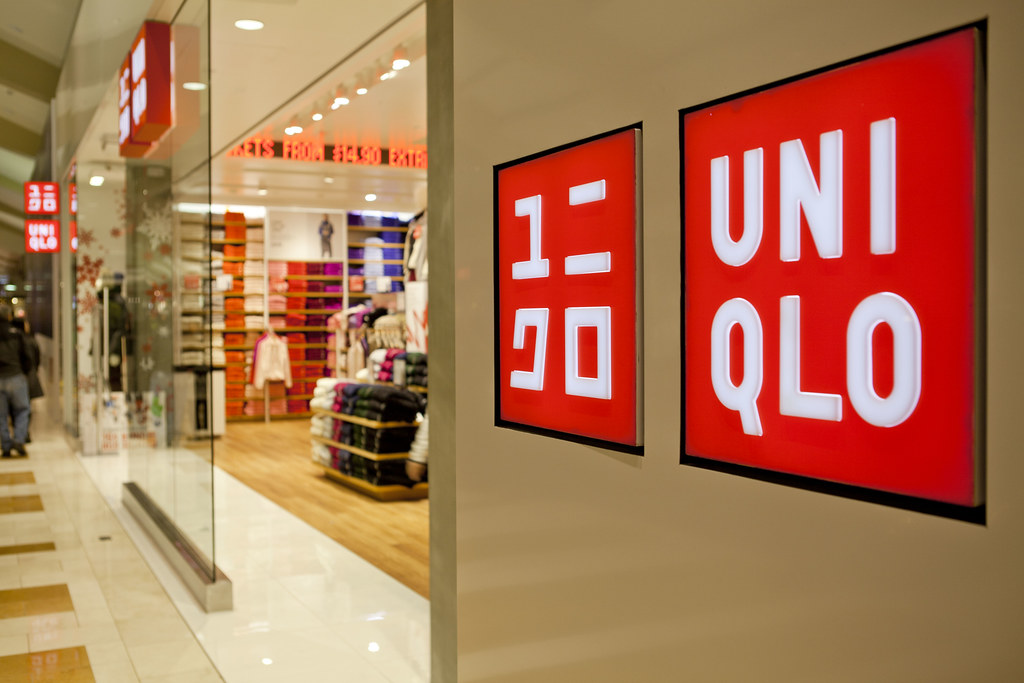
10. **Uniqlo**
Japanese retailer Uniqlo, a brand that has grown immensely since its post-WWII founding to boast over 2,300 stores globally, has faced multiple serious accusations of human and labor rights violations in recent years. Reports indicate that workers in Uniqlo’s factories are often compelled to work excessive hours within unsafe environments, receiving wages that are undeniably unfair, and are regularly subjected to punitive measures. Such conditions paint a grim picture of systemic exploitation within its production network.
A particularly disturbing account came from a former Uniqlo employee in Australia, who reported being forced to fold seven shirts per minute and working grueling 18-hour days. This individual also highlighted a pervasive, toxic bullying culture within the workplace, noting that ‘everyone developed some form of PTSD’ as a result. These experiences underscore the severe psychological toll that such demanding and hostile environments can take on workers.
Further compounding these concerns, in 2021, Uniqlo shirts were notably blocked at the US border. This action was taken due to suspicions that the cotton used in their manufacturing originated from China’s Xinjiang region, an area infamous for documented cases of forced labor. This incident casts a dark shadow on the brand’s supply chain ethics. While Uniqlo does operate a recycling program and incorporates some eco-friendly materials into its products, the brand is still far from genuinely sustainable. There appears to be a significant lack of concrete action or transparency regarding its efforts to substantially reduce its carbon footprint, leaving a substantial gap between its public image and its actual environmental impact.
Read more about: 9 Trench Coats That Will Totally Level Up Your Autumn Outerwear Game This Season

11. **Fashion Nova**
Fashion Nova, an American retailer, rapidly surged to prominence, becoming the most searched fashion brand on Google in 2018, largely fueled by extensive promotion from Instagram influencers and celebrities. However, despite its widespread visibility, the brand is one of the most opaque players in the industry, evidenced by its alarming score of 0% in the 2021 Fashion Transparency Index. This complete lack of transparency leaves consumers entirely in the dark about its practices.
The company’s business model is fundamentally unsustainable, designed to promote hyperconsumption. Fashion Nova releases an astonishing average of 600 new products each week, constantly pushing new trends and encouraging consumers to buy more than they need. To make matters worse, the vast majority of its clothing is crafted from synthetic materials such as polyester, acrylic, and nylon, all of which are derived from fossil fuels and contribute significantly to plastic pollution and environmental degradation.
Adding insult to injury, Fashion Nova has been repeatedly accused of partnering with Los Angeles factories that drastically underpay their workers. Investigations revealed that some of these employees earned as little as $2.77 per hour, a wage far below the legal minimum. Furthermore, workers reported deplorable conditions, including having to toil alongside cockroaches and rats. These revelations paint a stark picture of a brand prioritizing profit over people and planet.
Read more about: Remember the ’00s? These 9 Fast Food Icons Defined Value and the Legendary Late-Night Run!
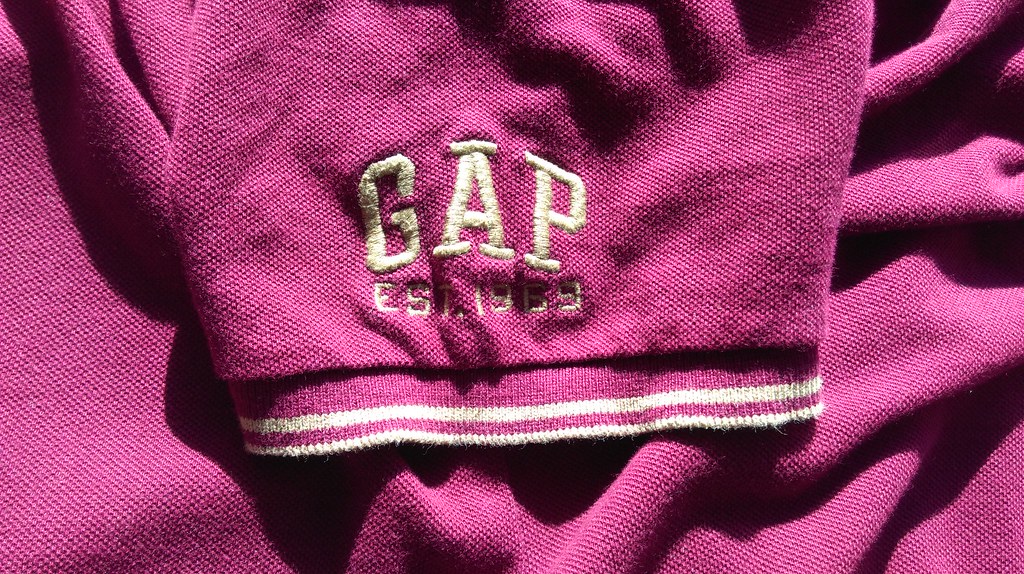
12. **Gap**
Founded in 1969, Gap has grown to become the fourth-largest fashion retailer globally by sales revenue, overseeing other well-known brands like Athleta, Banana Republic, and Old Navy. Despite its size and influence, there is a critical absence of evidence suggesting that Gap ensures fair wages or provides decent and humane working conditions for its vast workforce across its supply chain. Over the years, the brand has been plagued by accusations of partnering with factories that utilize child labor, and it remains difficult for consumers to ascertain whether these reprehensible practices have genuinely ceased.
Furthermore, Gap maintains a concerning lack of disclosure regarding the origins of its materials, leaving consumers uninformed about the environmental and social impacts embedded within its raw material sourcing. While the brand publicly states that it has been working towards using more sustainable materials, its communication on this topic remains vague and largely unsubstantiated. A significant question mark also hangs over whether the company successfully achieved its stated goal of reducing its greenhouse gas emissions by 50% in 2020; Gap’s silence on this matter strongly suggests it likely did not meet its target.
To further solidify reasons for consumer caution, in 2021, Gap was fined a substantial $200,000 for violating Canada’s anti-spam regulation. This incident, while distinct from labor or environmental issues, adds another layer of ethical concern regarding the brand’s overall corporate responsibility. Collectively, these issues present a compelling case for avoiding Gap until more transparent and verifiable ethical practices are adopted.
Read more about: Remember the ’00s? These 9 Fast Food Icons Defined Value and the Legendary Late-Night Run!
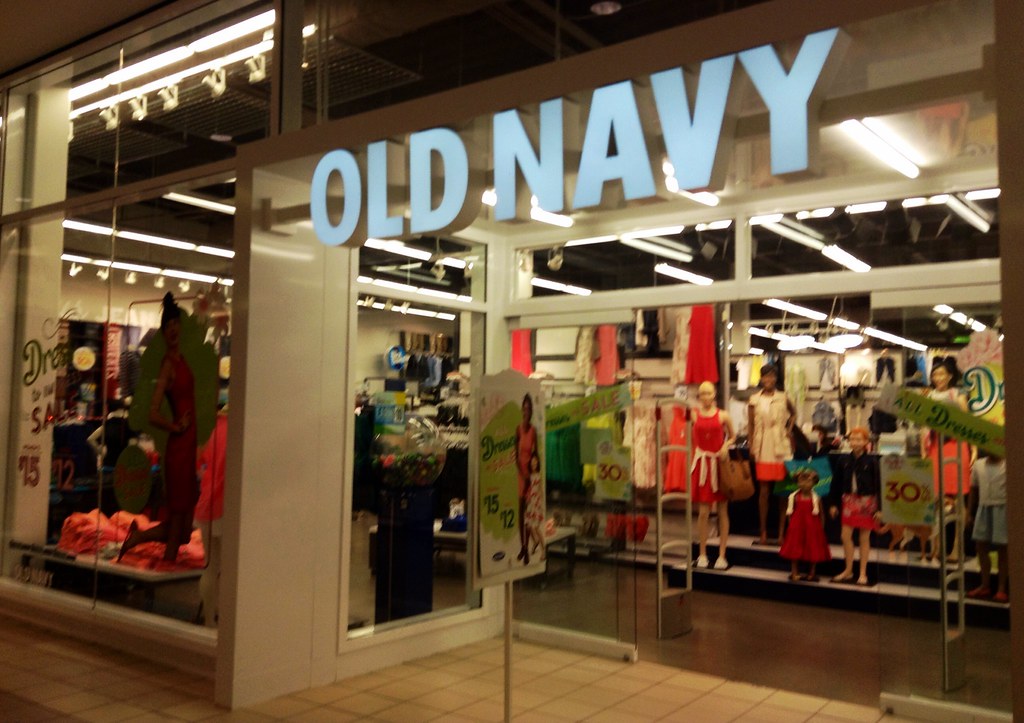
13. **Old Navy**
Old Navy, an American clothing retailer and a subsidiary of Gap Inc., operates an expansive network of over 1,000 stores worldwide. The brand has a troubling past, particularly highlighted by accusations in 2013 of working with factories that employed girls as young as 12. Even more disturbingly, reports from other partner factories described instances where workers were regularly beaten, and pregnant women were either fired outright or forced to endure grueling 100-plus hour workweeks.
Given that Old Navy’s supply chain is not certified by any recognized labor standards, it remains exceedingly difficult to determine whether these profoundly unethical practices have truly ceased. This lack of external verification leaves consumers with no assurance regarding the welfare of the garment workers who produce their clothing. While the company did receive a score of 49% in the 2021 Fashion Transparency Index, which is comparatively better than many other fast fashion brands, it is still far from sufficient for genuine accountability. Old Navy must provide significantly more detailed information about its manufacturing processes to its customers.
While Old Navy has indeed adopted some water-saving techniques in its denim production and incorporated a few sustainable materials, a significant portion of its clothing still relies on synthetic fibers. The brand, therefore, has substantial room for improvement and can, and should, take more effective and comprehensive steps to truly reduce its environmental footprint across its entire operation. The current efforts, while a start, do not go nearly far enough to address the brand’s overall impact.
Read more about: 9 Trench Coats That Will Totally Level Up Your Autumn Outerwear Game This Season
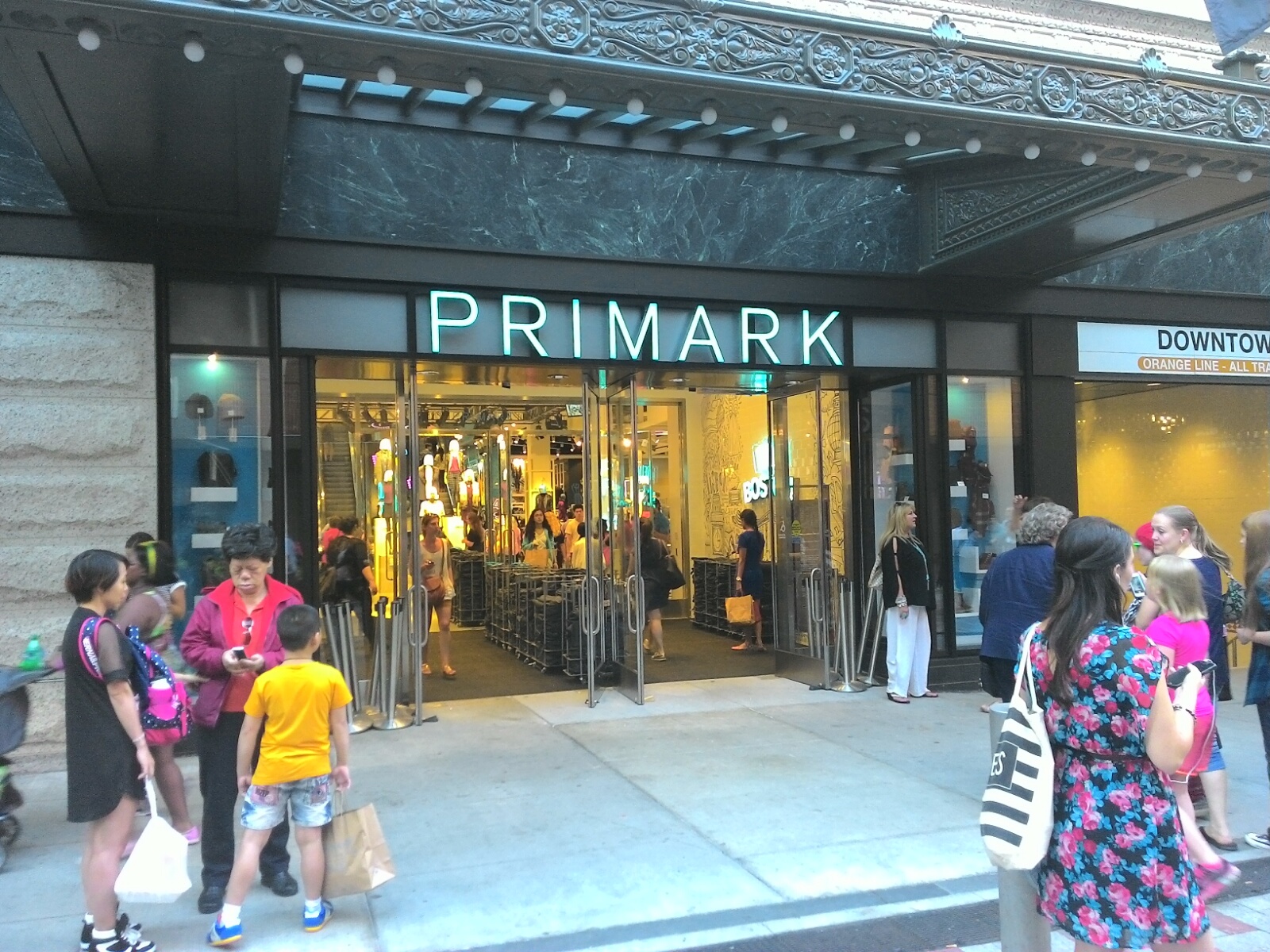
14. **Primark**
Primark, an Irish company, holds the distinction of being one of Europe’s largest fashion retailers, known for its incredibly low prices. However, this affordability comes at a severe cost. As the brand outsources the vast majority of its manufacturing, it essentially relinquishes direct influence over the day-to-day working conditions of the garment workers. While Primark officially states that its factories must adhere to a strict Code of Conduct, compelling evidence frequently emerges that workers do not receive fair wages and are often forced to labor in unsafe and otherwise unsuitable conditions.
Perhaps one of the most chilling revelations involved customers finding ‘SOS’ messages secretly sewn into Primark clothing. These desperate pleas, reportedly written by Chinese inmates working in garment factories, detailed claims of working for 15 hours each day and denounced utterly inhumane labor practices. Such incidents underscore a severe and systemic failure in oversight and accountability within the brand’s supply chain.
While Primark does share the locations of most of the factories it collaborates with, there is still considerable room for improvement in terms of comprehensive transparency across its entire supply chain. The company is a member of the Sustainable Apparel Coalition and has commendably donated unsold clothing to charities. However, there remains an insufficient amount of relevant information about what concrete actions Primark is taking to reduce its undeniably huge environmental footprint. It is imperative that the brand steps up its efforts to mitigate its substantial ecological impact, moving beyond initial steps to truly embed sustainability.
Read more about: Critical Safety Alert: Urgent Recalls Issued for JoJo Maman Bébé Babywear, Soother Clips, and More Due to Choking Hazards

15. **Victoria’s Secret**
Victoria’s Secret, America’s iconic lingerie brand, has a complex and often contradictory record regarding ethical and environmental practices. The company did sign the Greenpeace ‘Detox my Fashion’ campaign, an initiative aimed at eliminating all hazardous chemicals from its products and supply chains by 2020. Yet, at this juncture, it remains unclear whether the brand successfully met this ambitious target, as no definitive public confirmation has been provided.
Beyond the chemical pledge, Victoria’s Secret has not made any noticeable progress in substantially reducing its overall environmental footprint. A significant concern is its primary reliance on unsustainable materials in its products, which contributes to resource depletion and pollution. Furthermore, the brand falls significantly short on the social aspect of ethical production, as its supply chain critically lacks certification by official labor standards. This absence of external verification raises serious questions about whether garment workers are receiving fair wages and being treated ethically throughout the manufacturing process.
Adding to its troubled history, a decade ago, the brand was embroiled in accusations of using child labor. More recently, Victoria’s Secret found itself at the heart of another significant scandal: multiple models came forward alleging ual harassment and bullying by two top executives. Disturbingly, those who dared to complain about these abuses reportedly lost their jobs shortly after. These multifaceted issues paint a clear picture of a brand that, despite its glamorous image, has significant and unresolved ethical and environmental challenges.
Read more about: The 2025 Celebrity Documentaries That Are Captivating Critics and Audiences Alike: A Vulture Deep Dive
The brands highlighted in this extensive ranking serve as a crucial reminder that our purchasing power holds immense weight. Each dollar spent, or withheld, sends a clear message to the industry. Moving forward, conscious consumerism isn’t just a trend; it’s a critical tool for driving genuine change. By actively seeking out brands that embody true transparency, prioritize fair labor, and demonstrate an unwavering commitment to environmental stewardship, we can collectively push the fashion world towards a more equitable and sustainable future. This shift requires diligent research, a willingness to question, and an unwavering demand for better from the brands we choose to support. Make your choices count, for the planet, and for the people who make our clothes.

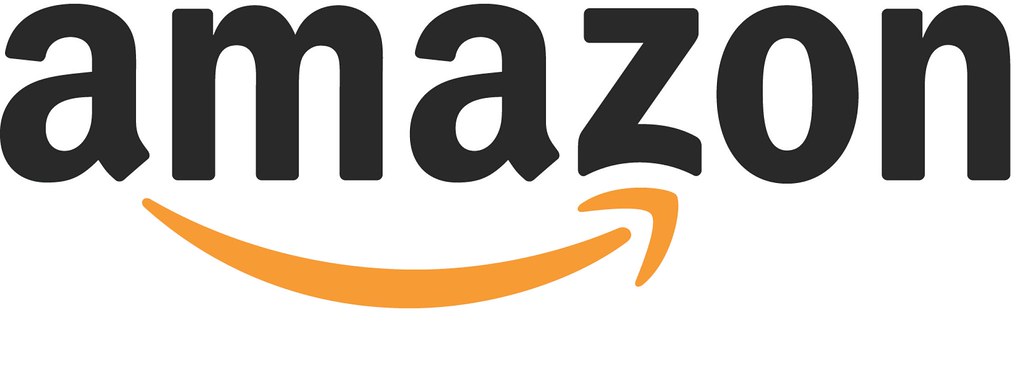
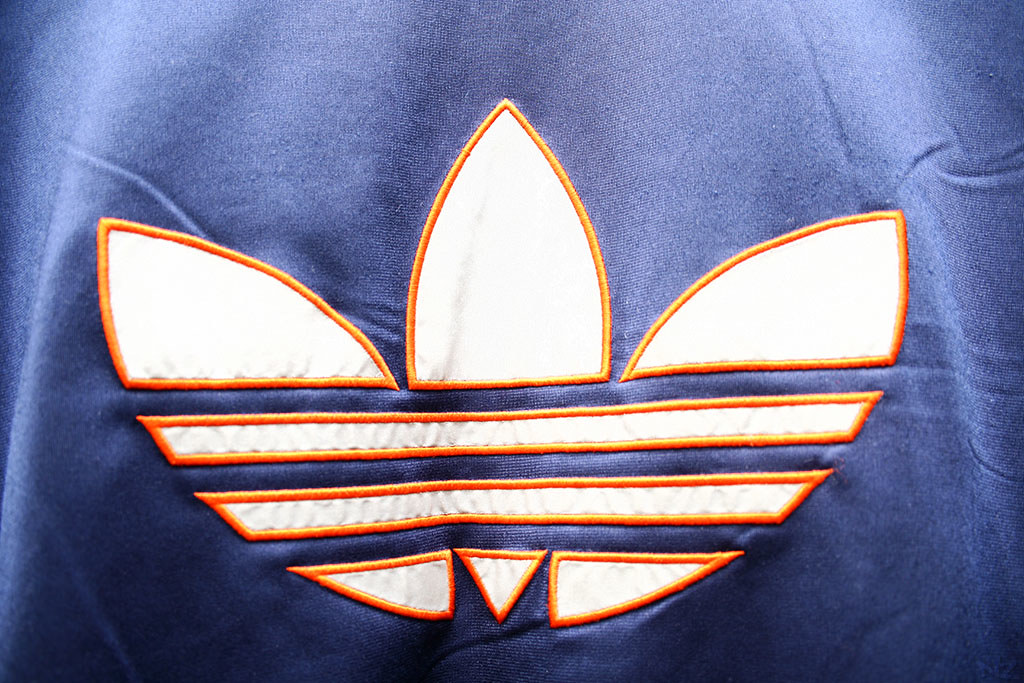
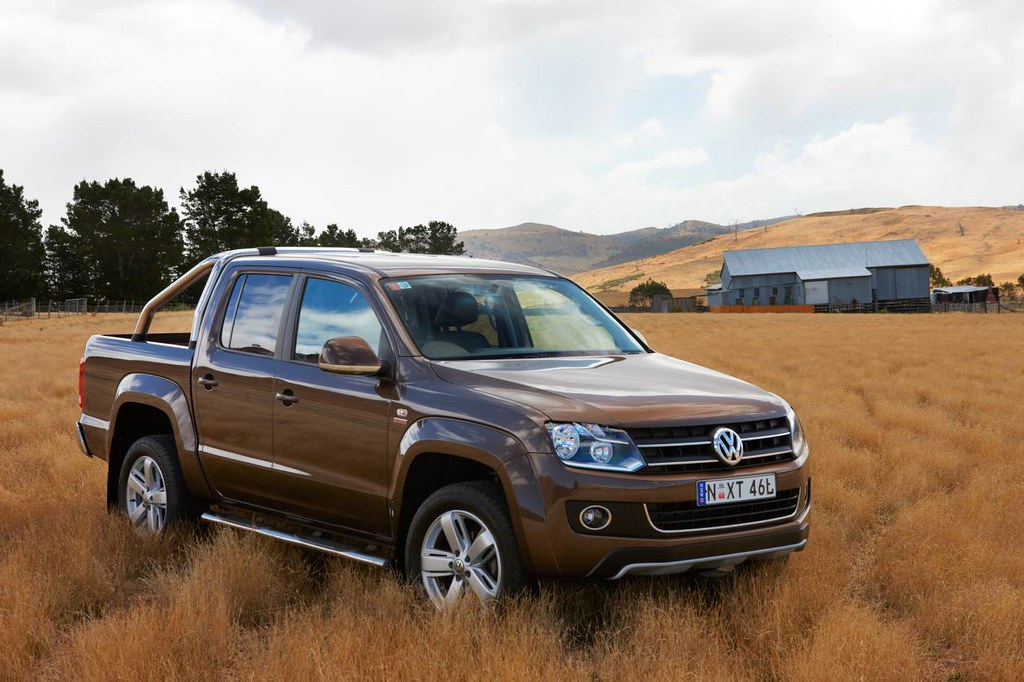

.jpg)